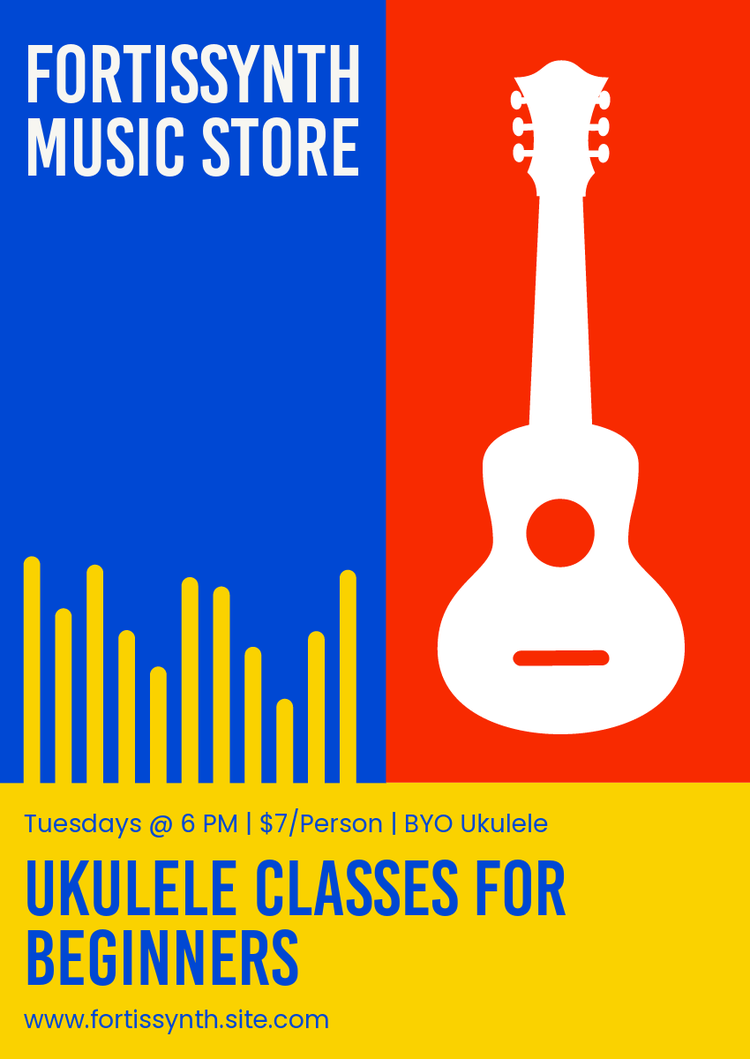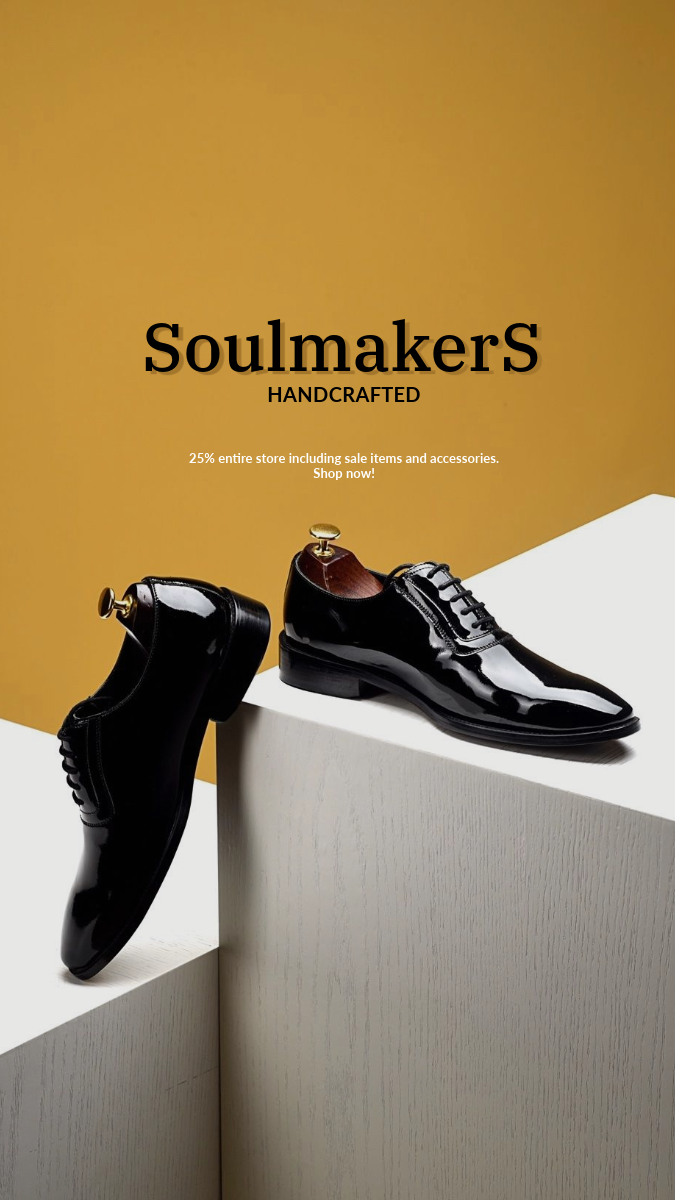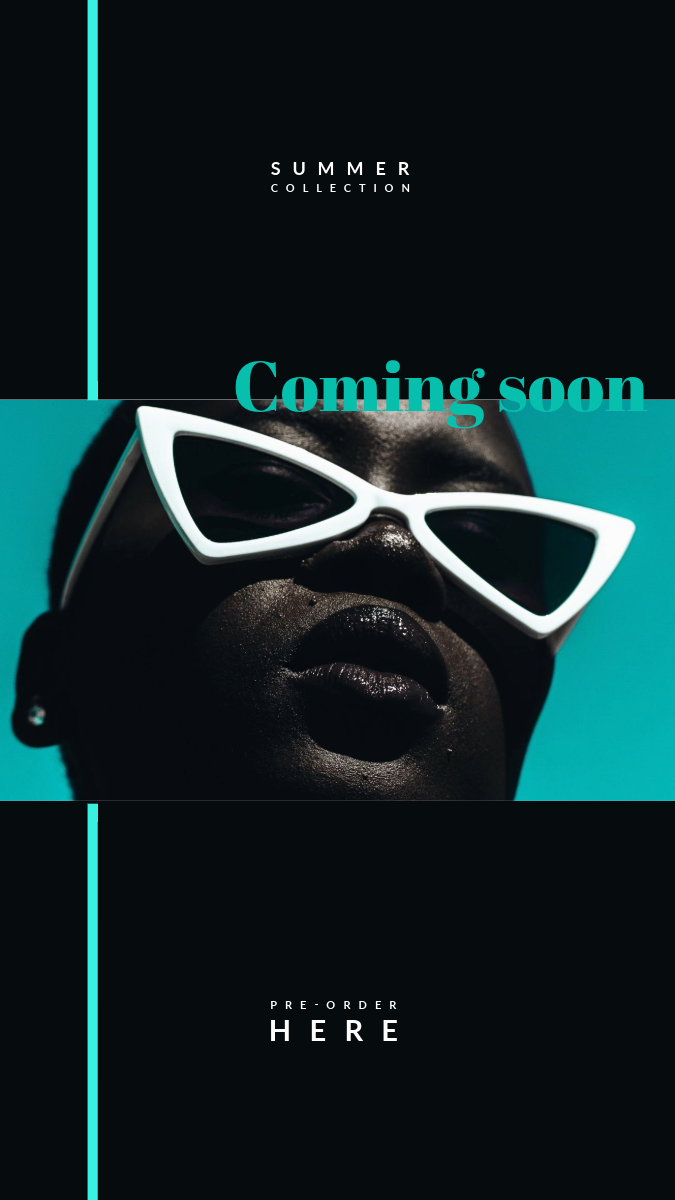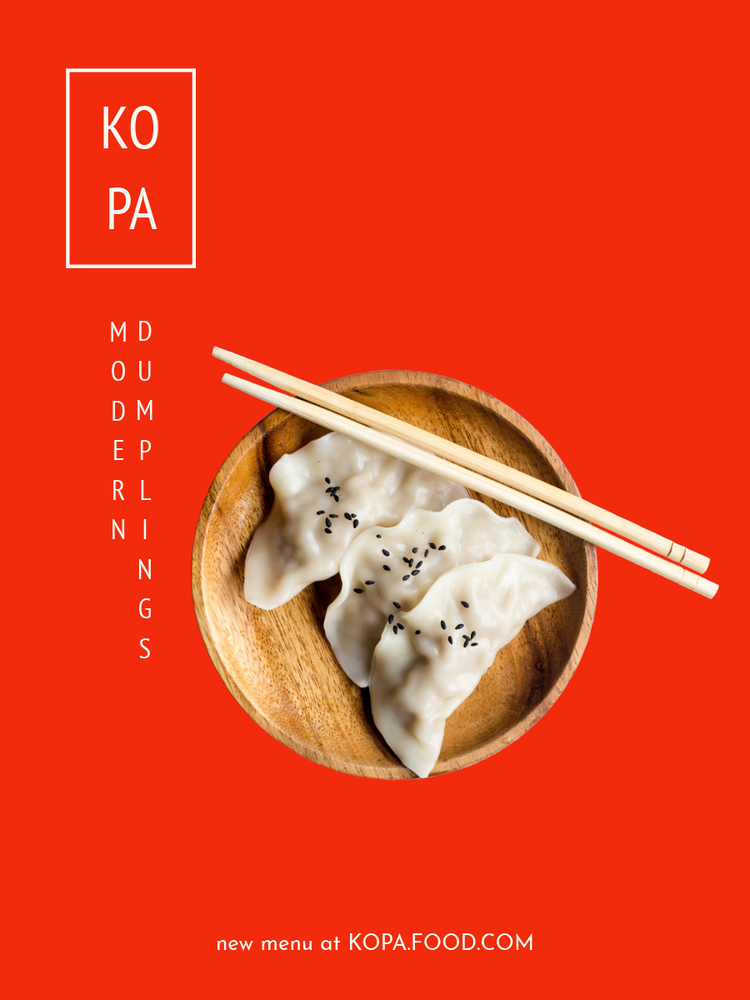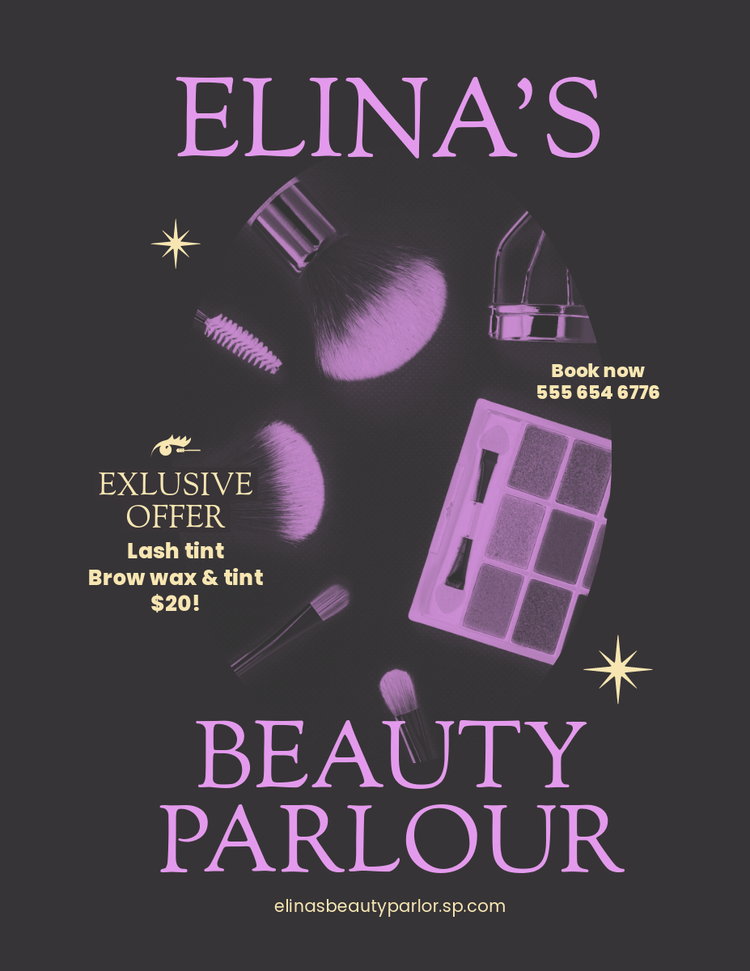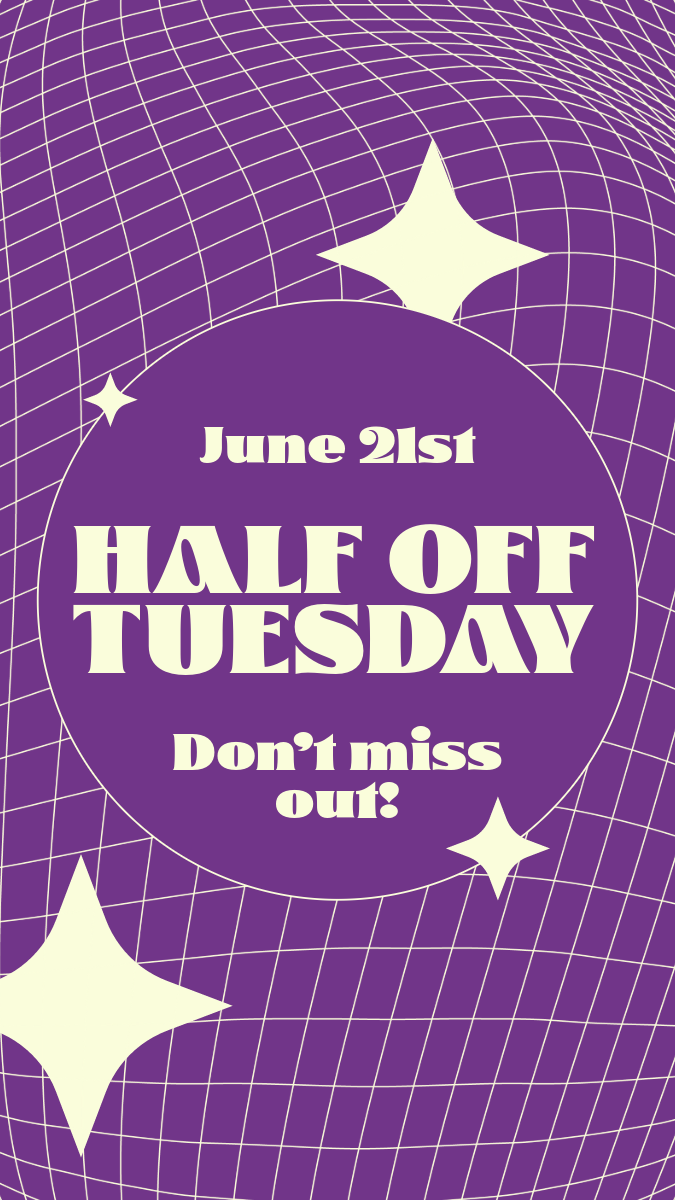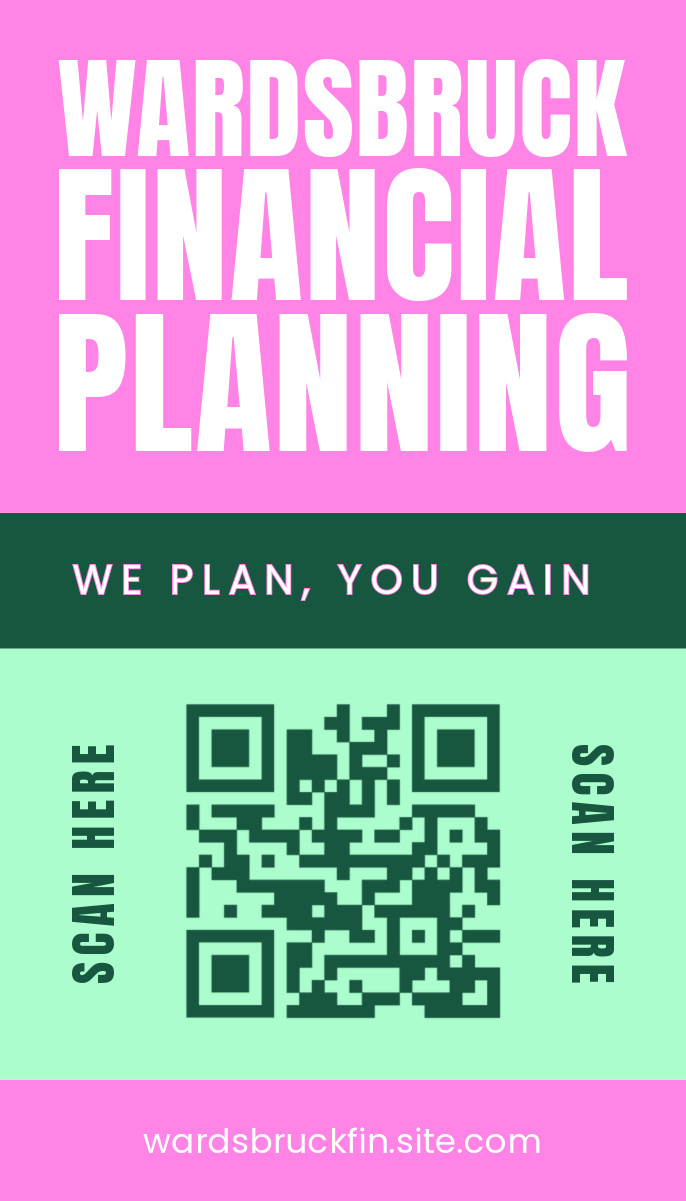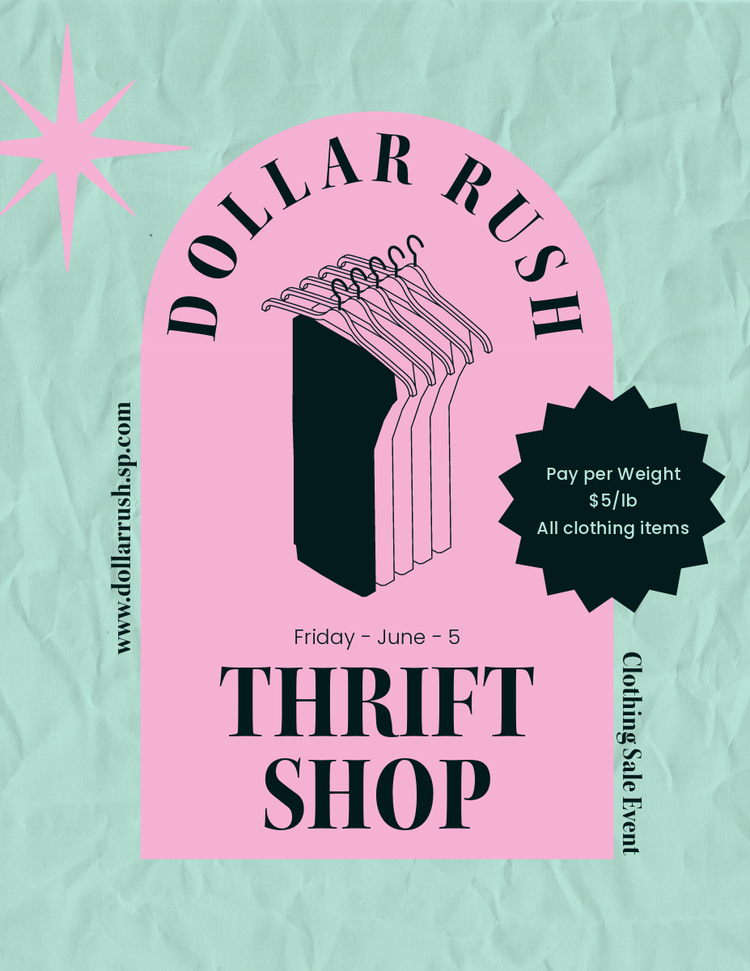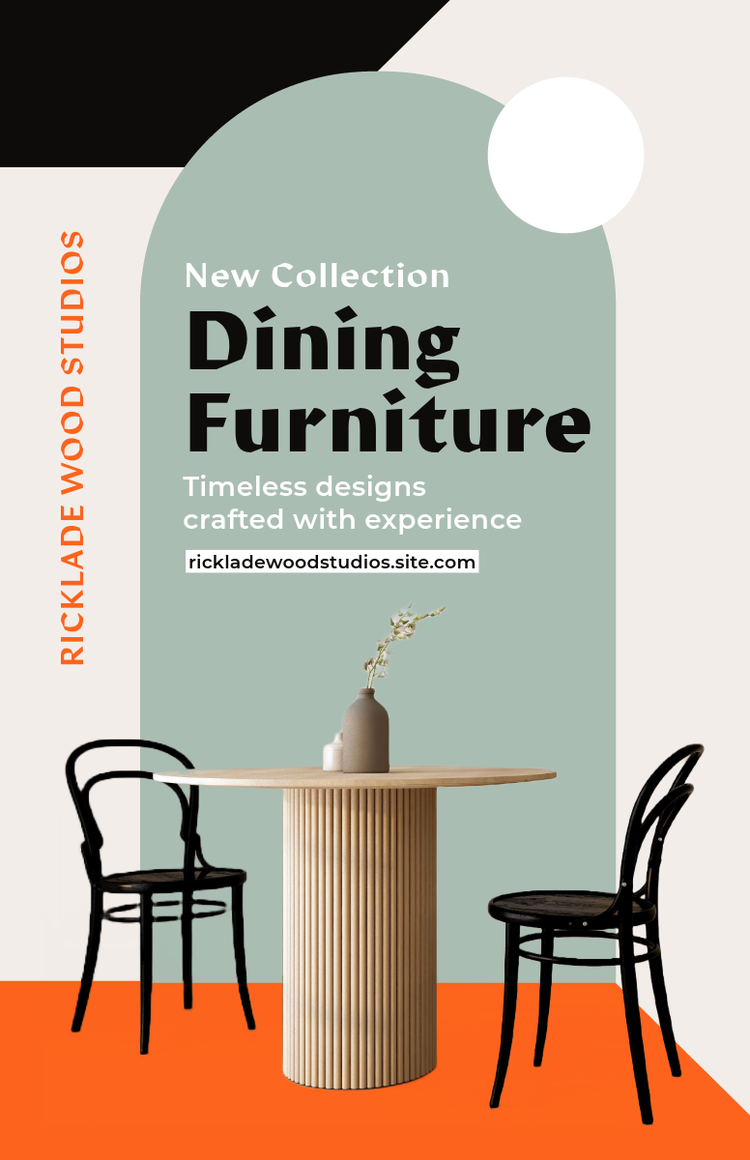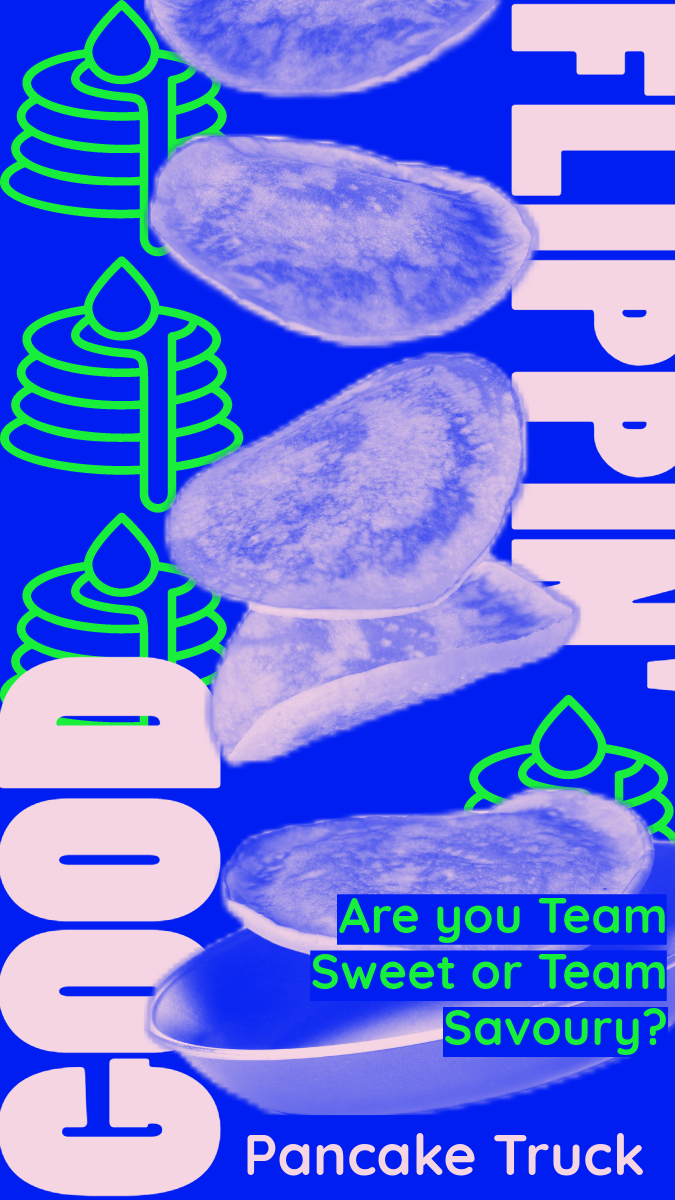The building blocks of a magazine ad with pro tips and design templates to create your own
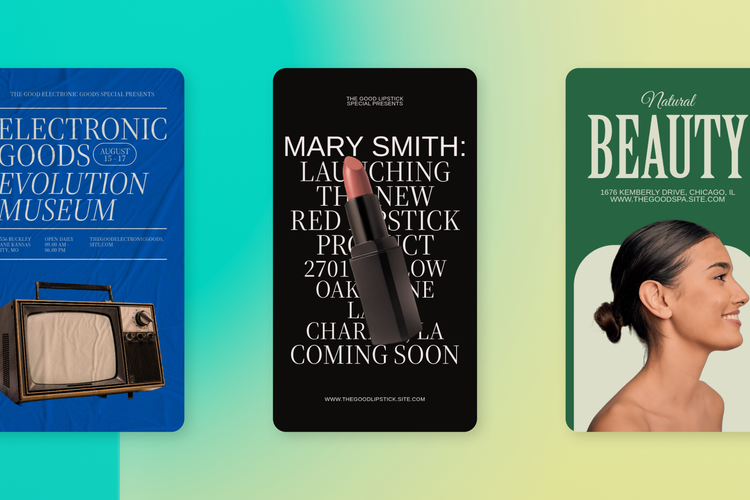
Even today, not all advertisements exist on a screen. Stretching back thousands of years from the age of papyrus and parchment, the ever-reliable practice of advertising in print remains an effective way to get your message out, and can even incorporate contemporary technologies to bridge analog and digital media. Taking out ads in niche publications relevant to the specific or special interests of your desired audience can help cut through the noisy messaging of the modern marketplace to make the most of limited attention spans.
A thought out and well-designed magazine ad can make a lasting impression. In fact, ad recall is 2.6 times higher when an ad is in print than when it’s viewed digitally, lending to greater reader clarity and more actionable engagement from potential consumers. The fundamentals for magazine ad design that follow can help you understand essential elements and best practices for creating one. Then, jumpstart your own eye-catching magazine ad using thousands of free remixable templates from Adobe Express.
Summary/Overview
The components of a magazine ad
Before jumping into the design of your magazine ad, think first about how it can fit into the larger picture of your marketing strategy, and create a picture of the persona of your desired potential reader — who they are, as well as their desires, goals, behaviors, quirks, and habits. From there, give some time and consideration to the pre-design foundations of your magazine ad: a thoughtful brand strategy and comprehensive style guide. Now you’re ready to break it down to the basics of what make an alluring advertisement for glossy magazines, niche trade journals, local newspapers, and beyond.
- Navigable layout and design: The layout and design of the ad should be visually appealing and easy to follow. A clean, organized layout guides the reader's eye and maintains their interest.
- Headline: The headline is often the first element readers see and should be attention-grabbing and relevant to the reader's interests. It needs to draw them in and instill a desire to read further.
- Subheadline: A subheadline can provide additional information or context to support the headline and engage the reader further. It's a useful tool for providing a secondary message.
- Body copy: The ad's text or copy should be concise, persuasive, and focused on a product or service’s unique selling points.
- Visuals: Images or graphics are essential to convey the message effectively. Visual elements should complement the headline and the overall message of the ad. High-quality and relevant visuals can enhance the ad's impact.
- Branding: Clearly identify the brand and the product being advertised. The brand's logo and any relevant branding elements should be prominently displayed, reinforcing brand personality and recognition.
- Call to action (CTA): Every ad should have a clear and compelling CTA that directs the reader on what action to take next. Whether it's making a purchase, visiting a website, or contacting for more information, the CTA should be specific and persuasive.
- Negative space: Effective use of negative or empty space in a magazine ad can help prevent clutter and make the ad more reader-friendly. It allows the elements of the ad to breathe and enhances visual appeal.
- Testimonials and Proof Points: Including testimonials or proof points, such as statistics or endorsements, can add credibility to the ad and reinforce the product's benefits.
10 tips for designing your magazine ad
The more creative an advertisement, the more impact it has. But beyond being simply memorable, the best magazine ads utilize specific design principles so the viewer can understand the message and take action. These ten tips for designing your magazine ad will ensure that your efforts bring about your intended marketing goals.
- Balance text and imagery: Maintain a balanced mix of text and imagery in your magazine ad. Overloading with text can overwhelm readers, while too many visuals might dilute your message. Take time to tinker and find the right equilibrium for effective communication.
- Visual harmony: Maintain visual harmony throughout your ad by selecting images, illustrations, and graphics that align with your brand's aesthetics and the message you want to convey. Consistency in visual elements creates a cohesive and engaging ad that resonates with readers, ensuring a unified and appealing look.
- Pay careful attention to typography: Choose fonts that are easy to read and complement your brand's style. Use font sizes and styles strategically to emphasize key points or headings. Consistency in typography throughout the ad will contribute to a polished and professional appearance, enhancing readability and maximum impact.
- Draw the eye: Think of a visual element or headline that will capture the audience’s attention and leave a lasting impression.
- Show, don’t tell: Instead of explicitly stating your product's benefits, use compelling images, infographics, and illustrations to vividly depict how it can improve your customers' lives. Let the visuals communicate the message, engaging the audience's imagination and emotions, and leaving a lasting impact.
- Offer value: Present a benefit to the reader or pique their interest with a piece of important information that they didn’t know before.
- Motivate action: Give your audience a nudge by providing a reason to choose right away, like a limited time offer or a free trial.
- Clear call to action: Craft a concise and compelling call to action (CTA) that guides readers on what to do next. Whether it's visiting a website, making a purchase, or subscribing to a newsletter, a clear CTA is essential.
- Know your audience: Understand your target audience's preferences and demographics. Tailor the ad content, language, and imagery to resonate with their specific needs and interests.
- Test and iterate: Before finalizing your magazine ad, conduct A/B testing or gather feedback from a focus group if possible. Test different headlines, images, or layouts to identify what resonates best with your target audience. Use the insights gained to refine and improve your ad for maximum impact. Continuous improvement based on data and feedback is key to effective advertising.
Jumpstart your magazine ad design with remixable Adobe Express templates
Need some inspiration to get started on your magazine ad? Enjoy access to thousands of free templates, licensed Adobe Fonts, royalty-free Adobe Stock images, and graphic design elements that you can drop right into your design. Photos, logos, and fonts can be easily uploaded right from your own device.
